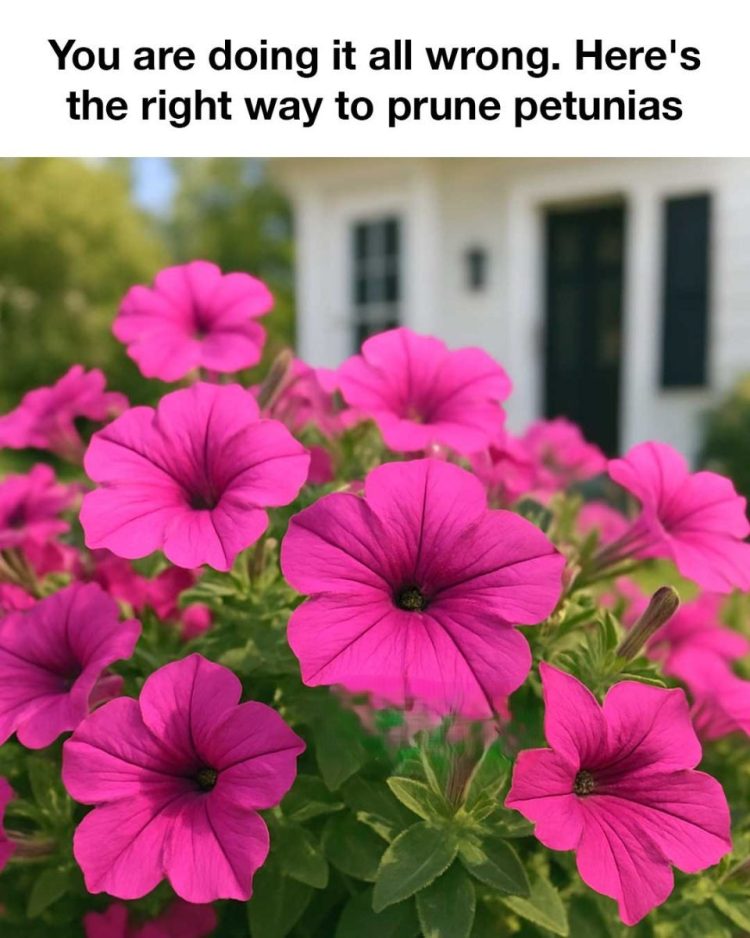ADVERTISEMENT
Pruning petunias is an essential gardening task that ensures these vibrant flowers remain healthy and continue to bloom throughout the growing season. Petunias are known for their colorful, trumpet-shaped flowers and are a popular choice for gardens and hanging baskets. However, without proper pruning, petunias can become leggy, produce fewer blooms, and lose their aesthetic appeal. In this article, we will explore the correct way to prune petunias, ensuring they thrive and bring continuous beauty to your garden.
Common Mistakes in Pruning Petunias
Many gardeners make the mistake of either not pruning their petunias at all or pruning them incorrectly. One common error is cutting back too much of the plant at once, which can stress the plant and reduce blooming. Another mistake is neglecting to remove spent blooms, which can lead to the plant diverting energy into seed production rather than new growth. Additionally, using dull or dirty tools can damage the plant and introduce diseases.
Understanding the Importance of Proper Pruning
Proper pruning is crucial for maintaining the health and vigor of petunias. By removing dead or diseased blooms, you encourage the plant to produce new flowers. Pruning also helps to maintain a compact and bushy shape, preventing the plant from becoming leggy and overgrown. Furthermore, regular pruning can improve air circulation around the plant, reducing the risk of fungal diseases.
Tools and Materials Needed for Pruning
To prune petunias effectively, you will need a few essential tools and materials. These include a pair of sharp, clean pruning shears or scissors, gloves to protect your hands, and a small bucket or bag for collecting debris. It’s also helpful to have a disinfectant solution on hand to clean your tools between cuts, especially if you’re dealing with diseased plants.
Step-by-Step Guide to Pruning Petunias
Pruning petunias involves several steps, each crucial for ensuring the plant’s health and continued blooming. By following this guide, you can keep your petunias looking their best throughout the growing season.
Step 1: Assessing the Health of Your Petunias
Before you begin pruning, take a moment to assess the overall health of your petunias. Look for signs of disease, such as yellowing leaves or black spots, and check for any pests. Healthy plants will have vibrant green leaves and numerous blooms.
Step 2: Identifying the Right Time to Prune
see continuation on next page
For Complete Cooking STEPS Please Head On Over To Next Page Or Open button (>) and don’t forget to SHARE with your Facebook friends
ADVERTISEMENT
